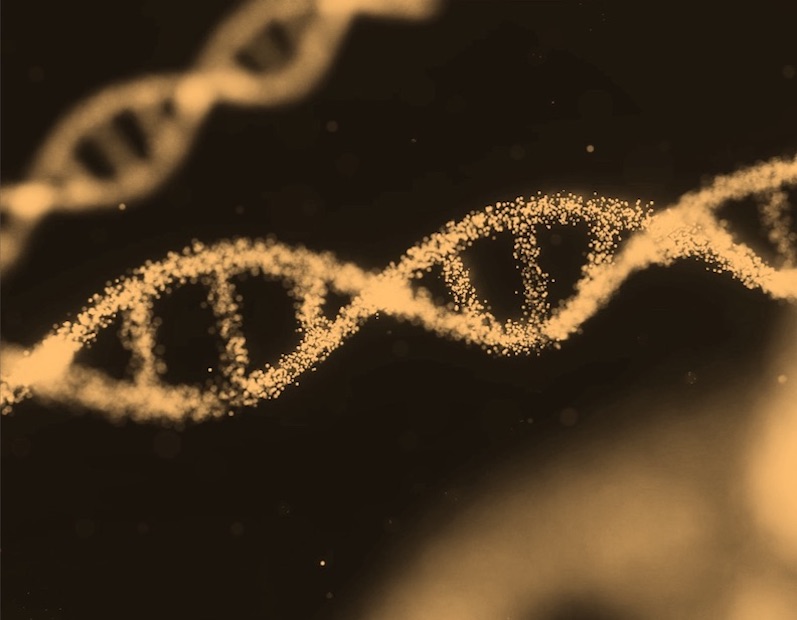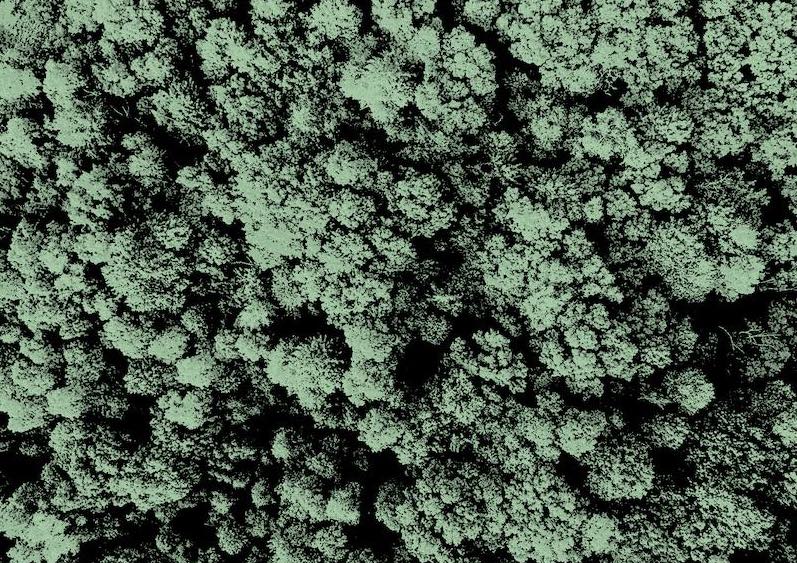What is it about?
Research on gallbladder lesions associated with pancreaticobiliary maljunction (PBM) began with the identification of papillary hyperplasia of the gallbladder, which is observed as a diffusely thickened gallbladder wall on conventional transabdominal ultrasound (US) and is considered a precancerous lesion. In contrast, adenomyomatosis of the gallbladder (ADM) is generally considered benign. This case was initially diagnosed with ADM via ultrasound (Figure A) and monitored for six years without further investigations due to the absence of significant changes or symptoms. However, after symptom onset, ultrasound revealed T3 gallbladder carcinoma (GBC) (Figure B), and endoscopic retrograde cholangiopancreatography first identified pancreaticobiliary maljunction (PBM). A radical operation was performed. The patient underwent postoperative adjuvant chemotherapy, remaining recurrence-free for over 17 years since the operation. Figure A: US shows a smoothly thickened gallbladder wall, measuring 7–10 mm at the fundus, with small cystic spaces (arrow) visible within the outermost hyperechoic layer. Figure B: US reveals a diffusely and markedly thickened gallbladder wall with a protruding lesion (white arrowhead, body), characterized by a three-layered structure (hyperechoic, hypoechoic, and hyperechoic layers from the lumen). The outermost hyperechoic layer is prominently thickened, with a focal spared area (*) observed in the gallbladder fossa. In the fundus, the peritoneal side displays a thinned outermost hyperechoic layer (arrow). A mildly thickened gallbladder wall (black arrowheads) is observed in the neck. The external bile duct (EBD) is non-dilated.
Featured Image

Photo by Boris Smokrovic on Unsplash
Why is it important?
Adenomyomatosis of the gallbladder (ADM) is histologically characterized by Rokitansky-Aschoff sinus (RAS) proliferation, smooth muscle hypertrophy, and fibrosis of the gallbladder, and is generally considered a benign condition. A pathognomonic imaging feature of ADM is the presence of cystic spaces in the subserosa of a thickened gallbladder wall (≥4 mm), corresponding to dilated RAS. Asymptomatic cases with these findings may be generally managed with follow-up. Additional features associated with these cystic spaces include comet tail artifacts or echogenic foci. Many studies have reported GBC associated with either PBM or ADM, while a dozen or so studies have recently documented ADM associated with PBM. Additionally, the fact that PBM, which can be latent in ADM, rarely plays a role in the progression from ADM to GBC has not been sufficiently emphasized. Although a few studies have documented that asymptomatic ADM associated with PBM is a known risk factor for GBC and an indication for surgery, regardless of the type of ADM, they have not cited any specific cases. Furthermore, no English literature has reported GBC associated with both PBM and ADM, except for a few Japanese studies. While the frequency of ADM associated with PBM remains unclear, we agree with the hypothesis that chronic stimulation caused by pancreatic juice reflux due to PBM is one of the pathogenic mechanisms of ADM. Asymptomatic ADM patients with PBM and a non-dilated EBD are considered candidates for preventive laparoscopic cholecystectomy to avoid the risk of carcinogenesis. Fortunately, an asymptomatic case of T1a GBC arising in ADM associated with PBM and a non-dilated EBD is successfully treated by preventive laparoscopic cholecystectomy.
Perspectives
Evaluating the presence or absence of PBM is crucial for developing an appropriate treatment strategy when diagnosing ADM.
Ph.D., M.D. Taketoshi Fujimoto
Iida Hospital
Read the Original
This page is a summary of: T3 Gallbladder Carcinoma With Pancreaticobiliary Maljunction, Initially Diagnosed With Adenomyomatosis, Journal of Clinical Ultrasound, April 2025, Wiley,
DOI: 10.1002/jcu.24020.
You can read the full text:
Contributors
The following have contributed to this page







